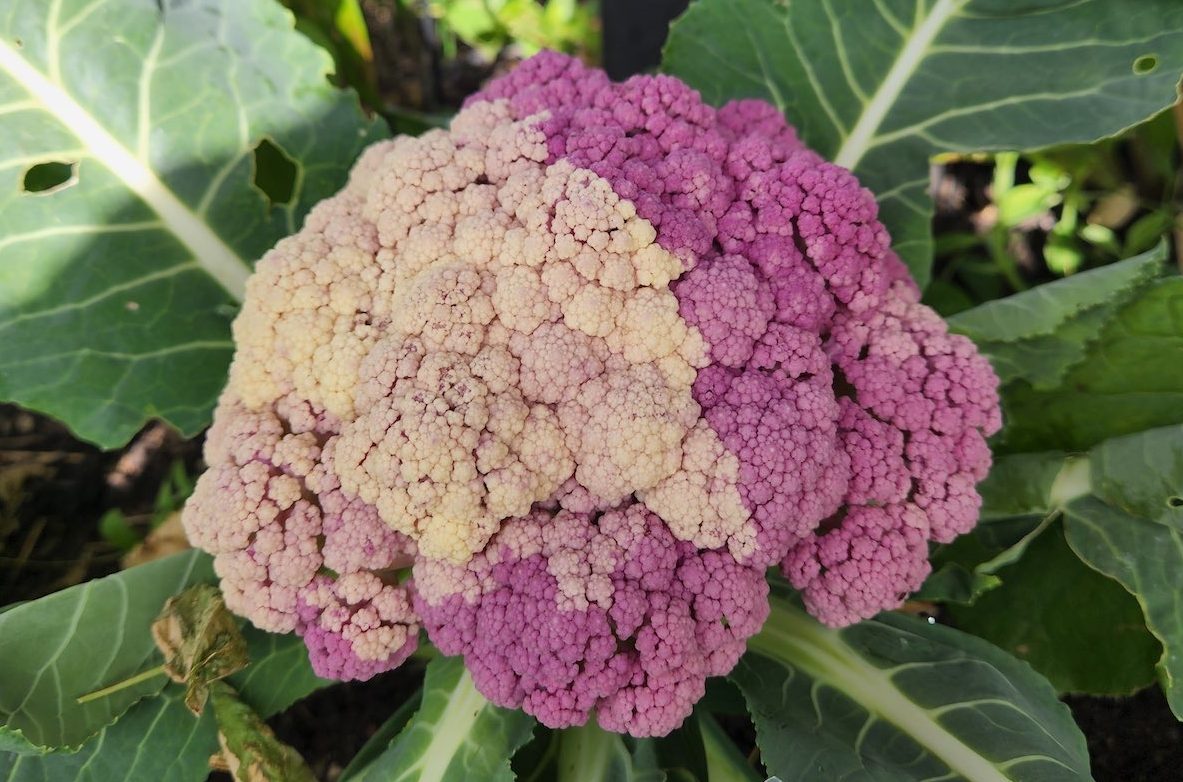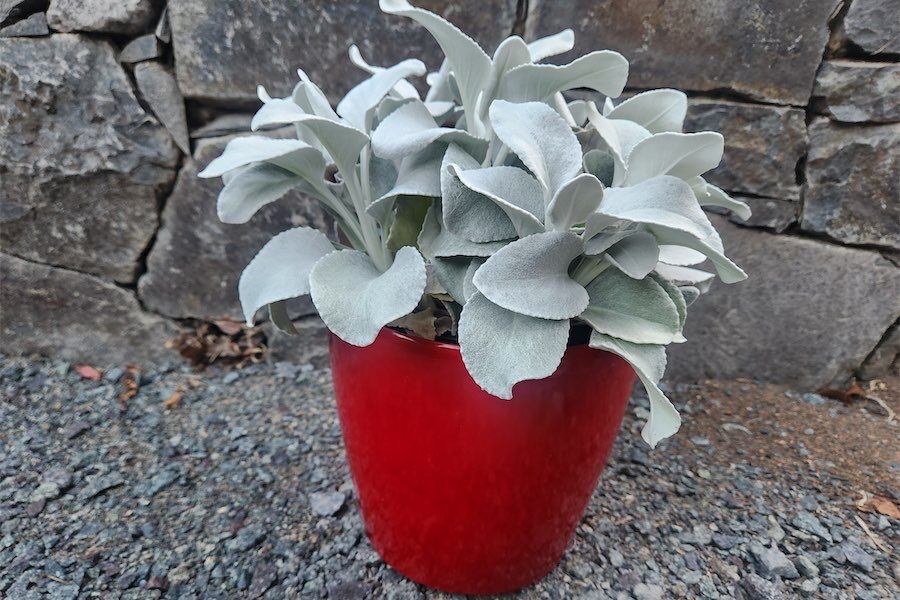
Figs are ripening and ready for picking in the next month or so and an easy small tree to grow in our climate, writes gardening columnist JACKIE WARBURTON.

FIGS are best picked when just ripe or when they are coloured and soft, which is important because figs won’t ripen after picking, but they will keep for at least two weeks in the fridge.
Of course, the best flavoured figs are sun drenched ones picked straight from the tree. Figs are shallow rooted and don’t mind a little lime around the dripline to keep the pH high and alkaline. Use dolomite lime twice a year in the growing season.
A bonus to growing fig trees is that they don’t need to be grafted and grow well from their own cuttings. Cuttings are best done in the winter dormancy. Cut stems 20-30 centimetres long from the end of branches as thick as a little finger. Cut to a bottom node, bunch cuttings into a container of potting mix and ensure there are at least three to four nodes below the soil. Water in, then place in the shade and keep moist until there is new growth in spring.
A quick way to increase cuttings is by propagating in water and works well for figs and is a good activity to get kids involved. Figs can be rooted in water quite quickly. Change the water weekly and there should be some roots appearing in about four to six weeks. Water-propagated cuttings in general can be delicate to transplant, so do more cuttings to compensate for any losses.
Among the most trusted varieties to grow in our conditions are Black Genoa or Brown Turkey.
Black Genoa is a large-sized fig with purple skin, a red flesh and rich in flavour. With good storage qualities, it fruits generally twice a year and produces more yield than its counterpart figs.
Brown Turkey figs have a copper-coloured skin, pink pulp and fruit once a year. It’s a smaller tree and better for drier conditions, pots.
The main fig harvest is produced on fresh, current-season’s growth. Fruits grown on older growth and spurs are a Breba crop. Breba figs are not as full in flavour and are much smaller. They can be removed from the tree to encourage the growth of the main crop.
Prune fig trees when dormant in winter and remove secondary branches that are crossing over or rubbing on other branches. Aim for a rounded, small-vase shaped tree.

CAULIFLOWER seedlings need to be in the ground now. They are a cool-season crop and need to have good growth before winter to get them growing through the colder months.
They like full sun, lots of water and, as with other brassicas, lots of food in the way of compost, organic manures and organic fertilisers that are low in nitrogen.
Mulch with a pea straw or sugar cane to help keep the moisture around the roots and prevent frost burn. Don’t plant them next to other brassicas such as cabbages and brussels sprouts so they’re not competing for nutrients.
The bigger the monoculture, the bigger the risk of pest issues such as cabbage moths and white flies.
Growing vegetables in a polyculture method emphasises companion planting and biodiversity leads to fewer chemicals used in the garden.
Jottings
- Divide any overgrown perennials.
- Keep planting Asian greens, broccoli, carrots, and root vegetables.
- Give citrus some fertiliser to get them growing strong before the cold weather sets in.
- Deadhead spent roses and flowers to encourage more growth.
Who can be trusted?
In a world of spin and confusion, there’s never been a more important time to support independent journalism in Canberra.
If you trust our work online and want to enforce the power of independent voices, I invite you to make a small contribution.
Every dollar of support is invested back into our journalism to help keep citynews.com.au strong and free.
Thank you,
Ian Meikle, editor





Leave a Reply